Dramatic intensity, realism and grandeur. This distinct theatricality of art with a sense of movement, intrigue and tension has been achieved through an assortment of artistic themes and visual strategies. The technique of chiaroscuro notably associated with Baroque art revolutionised visual composition altogether. When discussing Italian art, the term sometimes means painted images in monochrome. The term broadened in meaning early on to cover all sorts of strong contrasts in illumination.
At the beginning of the fifteenth century, painting and manuscript illumination in Italy and Flanders adopted the stylistic use of light and shadow, which was initially seen in Byzantine art in a crude form. Eventually, this style permeated all forms of Western art. The proper arrangement of light and shadow is still considered a dominant element in contemporary painting.
Crafting Depth
Originally, the essential reason for the inclusion of light and shade was an aesthetic one. Appropriately arranged patterns of light and shadow provide a variety to the composition. Chiaroscuro is translated from Italian, chiaro which means clear or bright, and oscuro which means obscure or dark.
The “High Renaissance” period in the 16th century saw paintings dedicated to ideal beauty, linear perspective, and harmonious composition give way to mannerism and odd juxtaposition in the art world both in Italy and beyond. The depiction of naturalised beauty had to be life-like. Artists sought to capture the divine in the mundane.
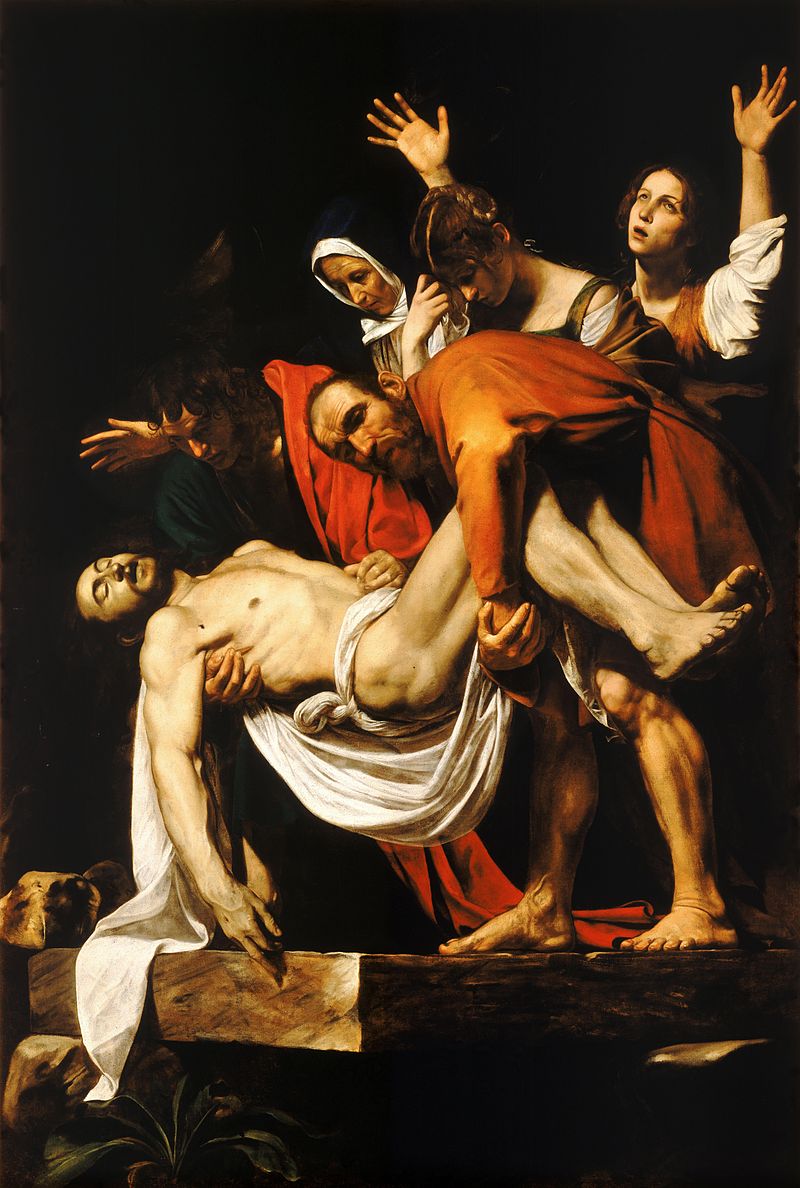
An extremely dramatic contrast between light and shadow in any piece of visual art can also be understood as chiaroscuro. The method takes into account how light falls on the subject matter, applying highlights and tones to create a highly distinct three-dimensional image. The focus on anatomy aspired to enhance realism and naturalism in paintings. During the Renaissance in the sixteenth century, artists extensively employed this lighting theory in paintings.
The colour value is one of the components that make Renaissance art so important because, in addition to the gesture exploration of human figures that became the subject of that era’s art, the dark-light variation reinforces the dramatic impression that artists intended to convey visually.
Shading Light: The 17th Century
A careful use of light dispersion helps to unify and organise the shape of a whole scene as well as the shape of individual items. All of the tiny pieces that make up an item can be considered parts of one or more larger things that are contained inside the frame of a painting or a photograph. Painters like Caravaggio employed strong lateral light to simplify and synchronise the picture’s spatial arrangement. Leonardo da Vinci’s Last Supper exemplifies another unique perspective. The light falls from a certain direction into a dark area, creating dazzling strokes on figures, tables, and walls. The use of light and dark reflects the scene’s theological dualities—Christ’s purity and divinity with the approaching darkness of betrayal and human imperfection.
Caravaggio and Latour’s paintings use a high key to prepare the viewer for the electric spotlights of the 20th century.
Shadows can be either connected or cast. Attached shadows appear on objects based on their form, spatial orientation, and distance from the light source. Cast shadows are cast from one item to another, or from one section to another of the same object. Both types of shadows are created when there is insufficient light in a certain area. Perceptually, they are very different. In practice, the connected shadow is an inherent component of the object and serves to define volume without being noticeable.
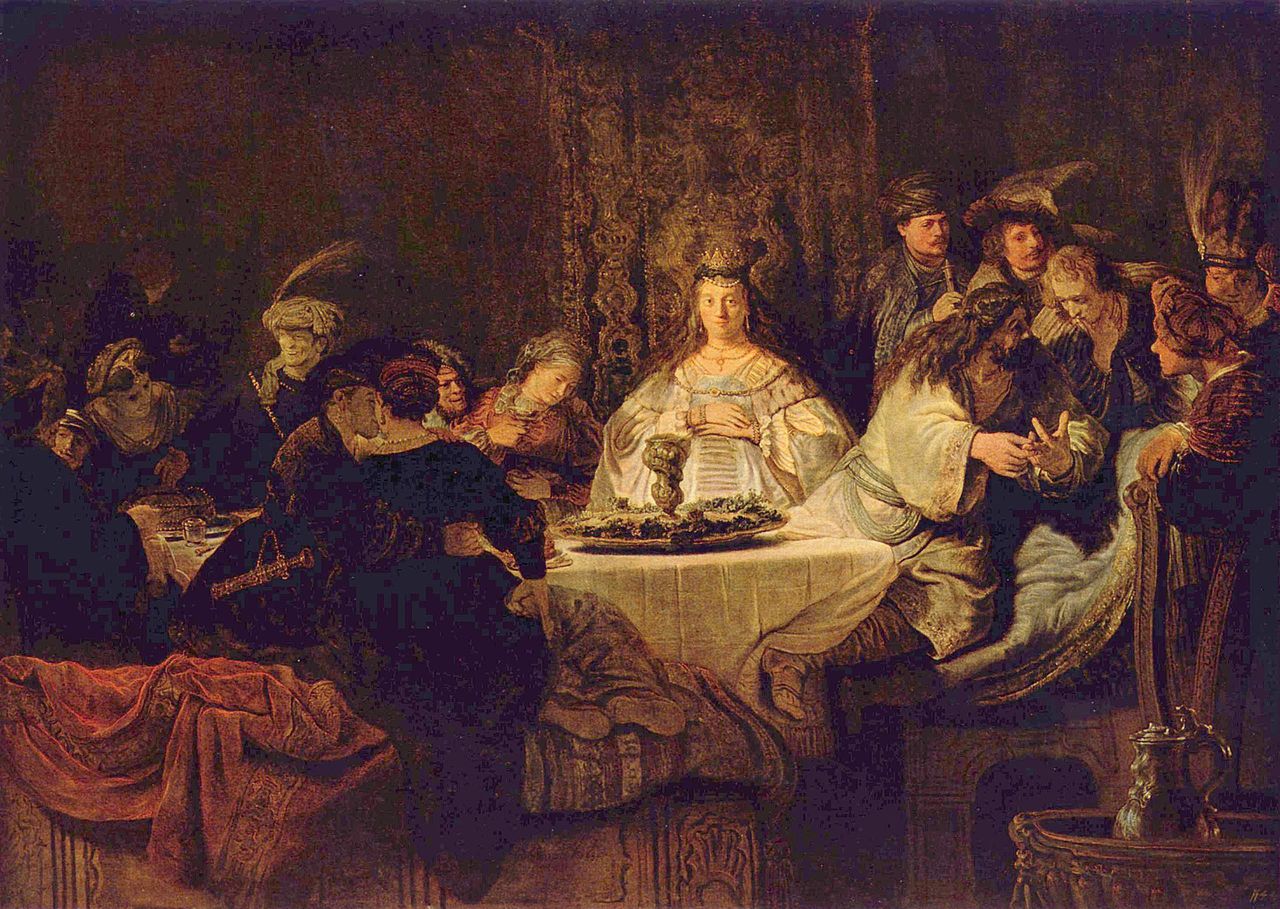
Rembrandt’s technique involves placing a bright item in a dark background, minimising shadows and partially lighting the surrounding objects. In The Wedding Feast of Samson(1638), Delilah is shown as a pyramid of light in front of a black curtain, with her splendour reflected on the table and those around her. This distinct triangle of light gave the subjects a lifelike and sculptural quality.
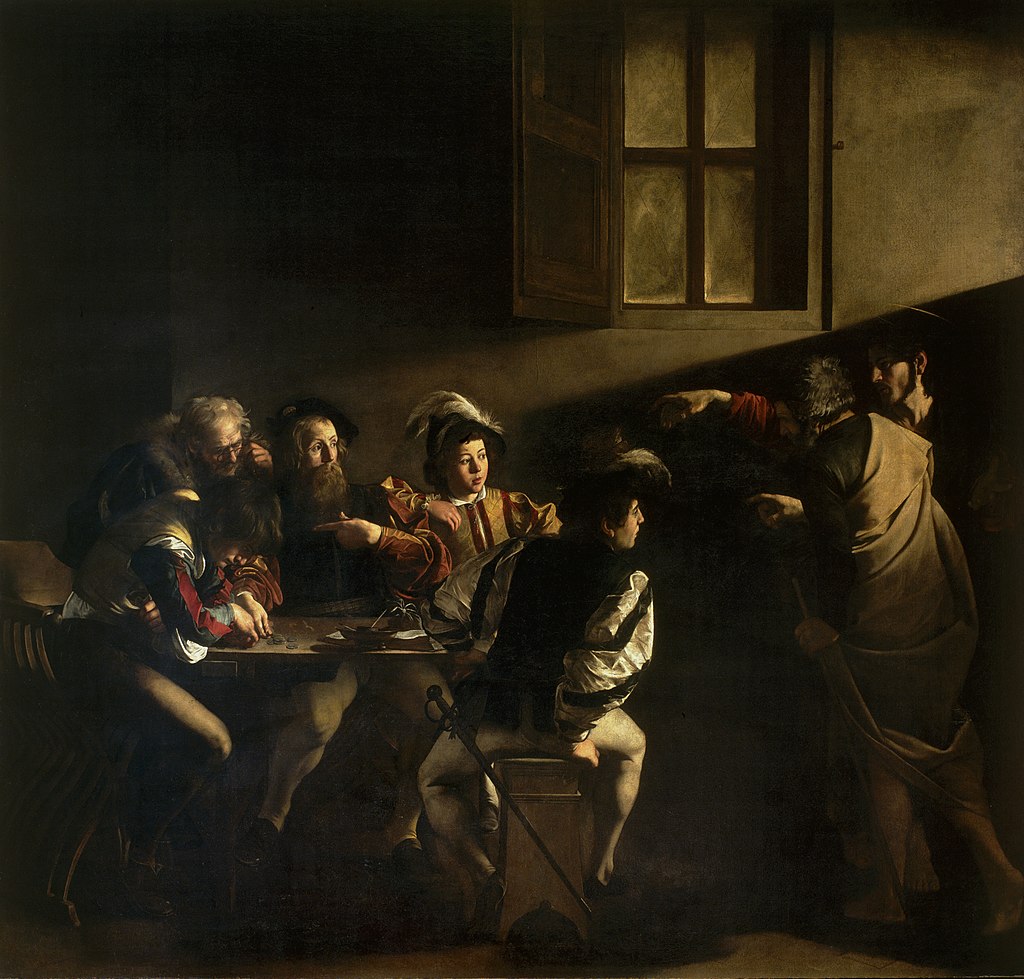
Caravaggio envisaged The Calling of St Matthew(1599-1600) taking place in a dismal chamber in modern Rome, following his practice of transposing biblical events to the present. Christ and St. Peter had just entered. Matthew, the tax collector, has a dimly lit and simply equipped office. Five men gather at a table beside a barren wall with only one window. The window’s shutter is opened through which a shaft of light enters, almost creating a spotlight– a stage-like production.
The Calling of St. Matthew emphasises contrasts beyond just light and shadow. In contrast to Matthew and his friends’ flashy contemporary attire, Christ and St Peter wear plain, timeless garments and go barefoot. They are from a different time and place. In the chiaroscuro that plays along the length of his outstretched arm, in the shafts woven through the tips of his fingers, in the gleams reflected in the dull sheen of his fingernails, light itself becomes palpable –something he feels, accepts, draws into the depths of his body. Caravaggio’s strong use of light and shade to create this stark sense of reality inspired the school of tenebristic painting in Naples.
Sunbeams and Shadows
Chiaroscuro effects were sought in photography and movies throughout the twentieth century. Modernist photographers such as Ansel Adams and Fan Ho frequently utilised chiaroscuro, which emphasised the image’s formal aspects through the contrast of light and shade.

Chiaroscuro effects were sought in photography and movies throughout the twentieth century. Modernist photographers such as Ansel Adams and Fan Ho frequently utilised chiaroscuro, which emphasised the image’s formal aspects through the contrast of light and shade.
Fan Ho’s photographs are distinguished by their high contrast and wide tonal range, typical of chiaroscuro. He often captured scenes with deep blacks and bright whites, creating a striking visual impact. This contrast enhances the sense of three-dimensionality and brings out the textures and details of urban life. Ho often used shadows to frame subjects, create patterns, and lead the viewer’s eye through the image.
In his famous Afternoon Chat(1959) light streams through a tiny alleyway to reveal the figures of men immersed in discussion, while the surrounding shadows give a sense of closeness and focus. The directed lighting highlights the textures of the stairs and buildings thus adding depth to the picture.

Playing with light and shade has always been an area of interest for all artists in finding their visual language. Chiaroscuro’s influence goes into film as well. Directors like Alfred Hitchcock and Orson Welles have used deep shadows and high-contrast lighting to create psychological complexity and themes of loneliness or alienation.
The Italian Renaissance’s synthetic aspect contributed significantly to its creativity. The convergence of styles, including chiaroscuro, resulted in some of Western art’s most significant masterpieces.

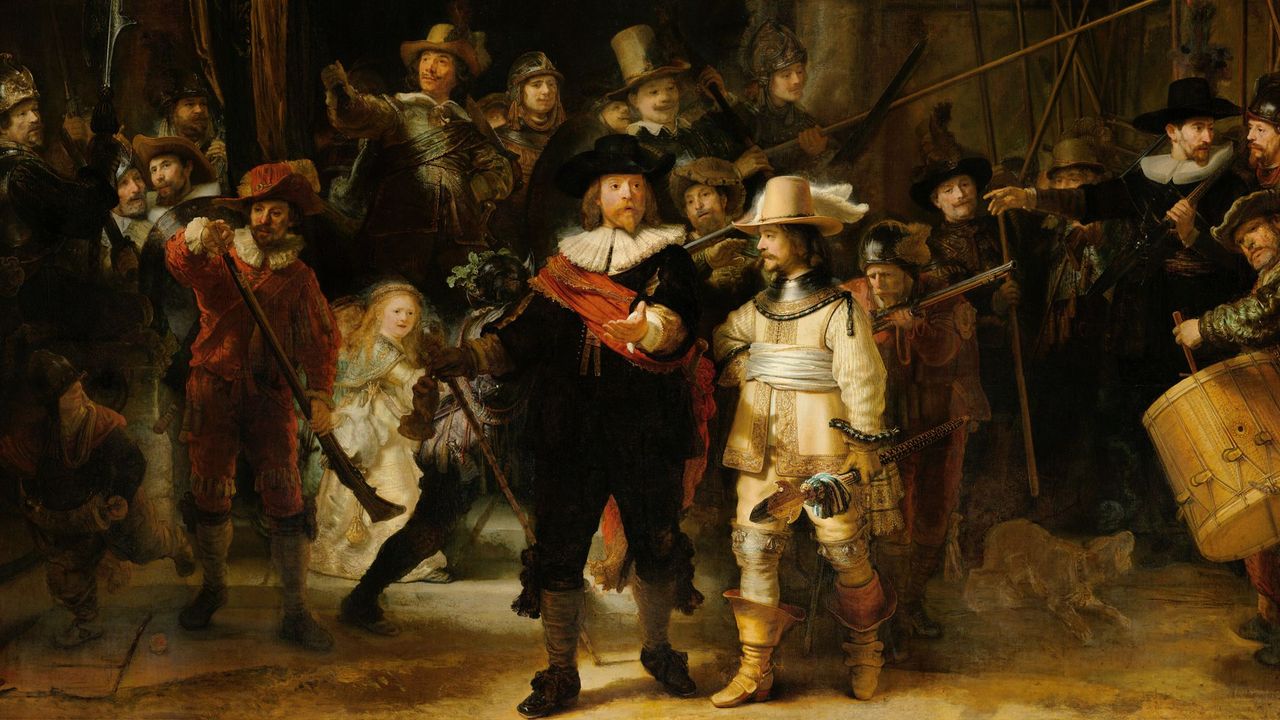
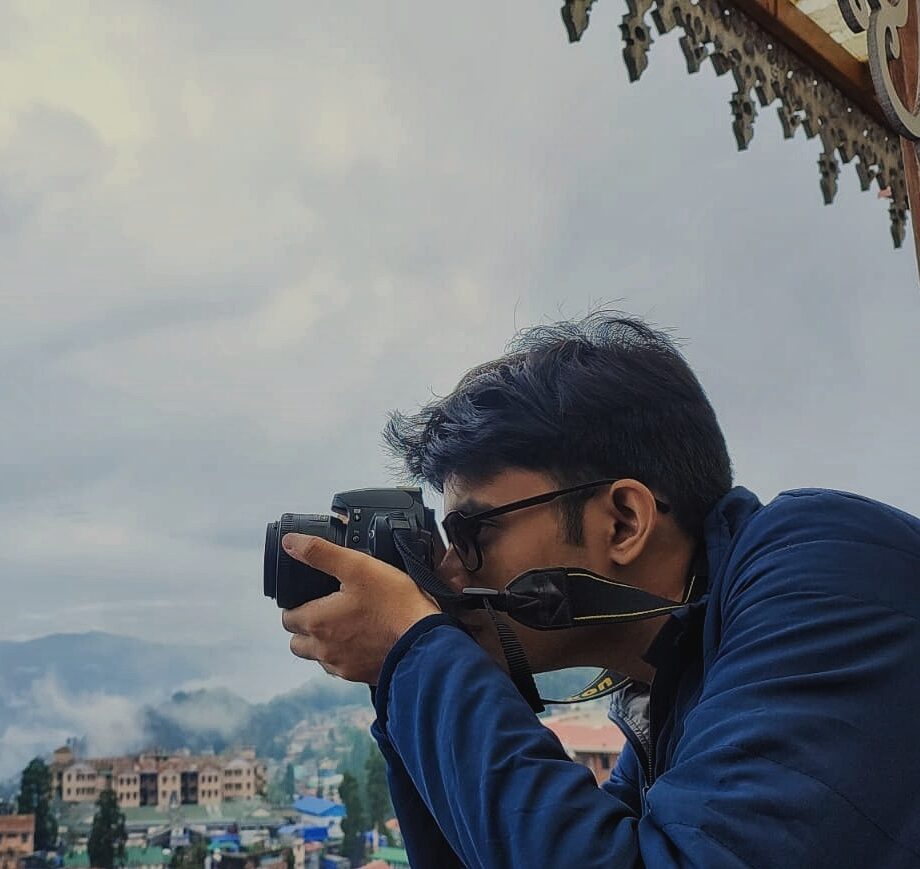

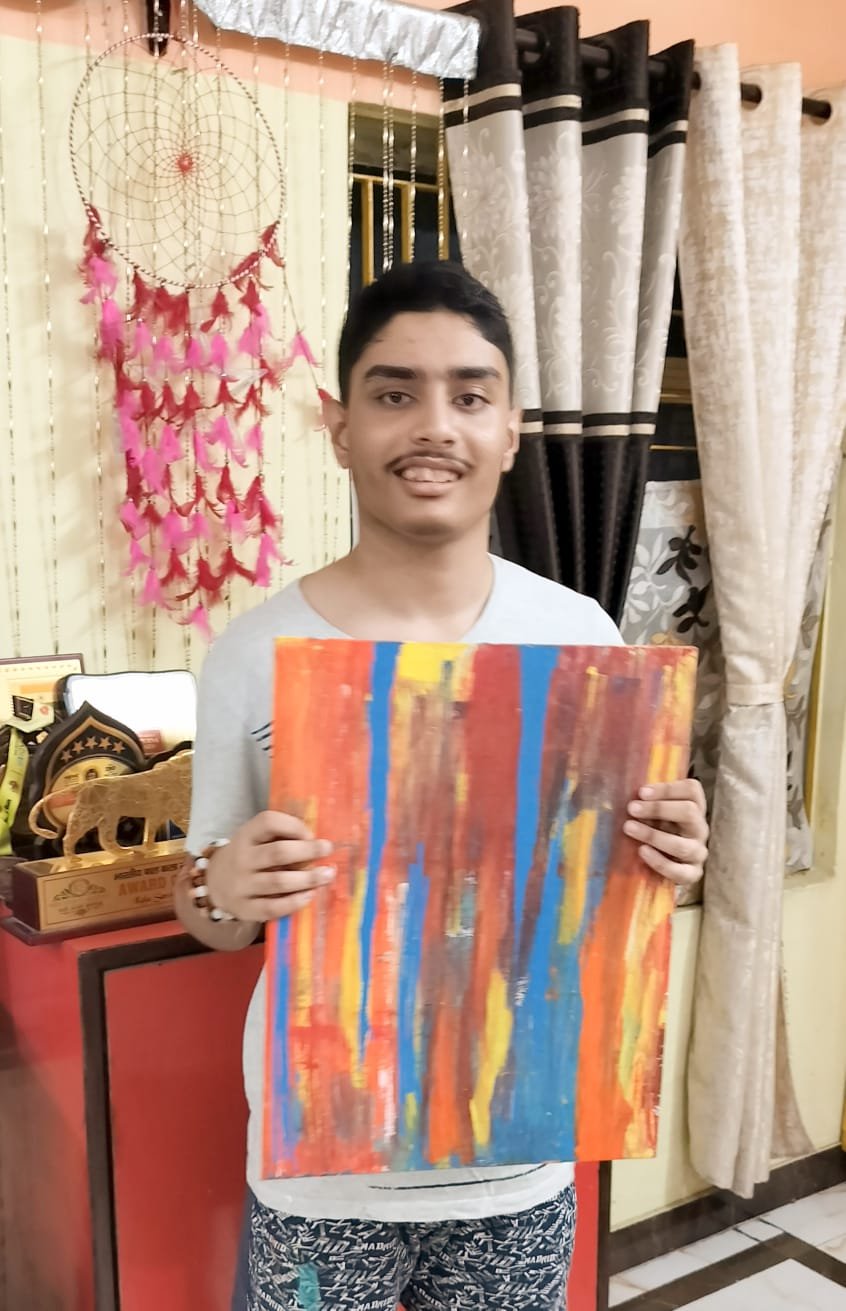

2 Responses
this was such an informative, well-written and beautiful read!
Wow, thank you very much for sharing these information in such detail alongwith relevant paintings & photographs which made it easier to understand